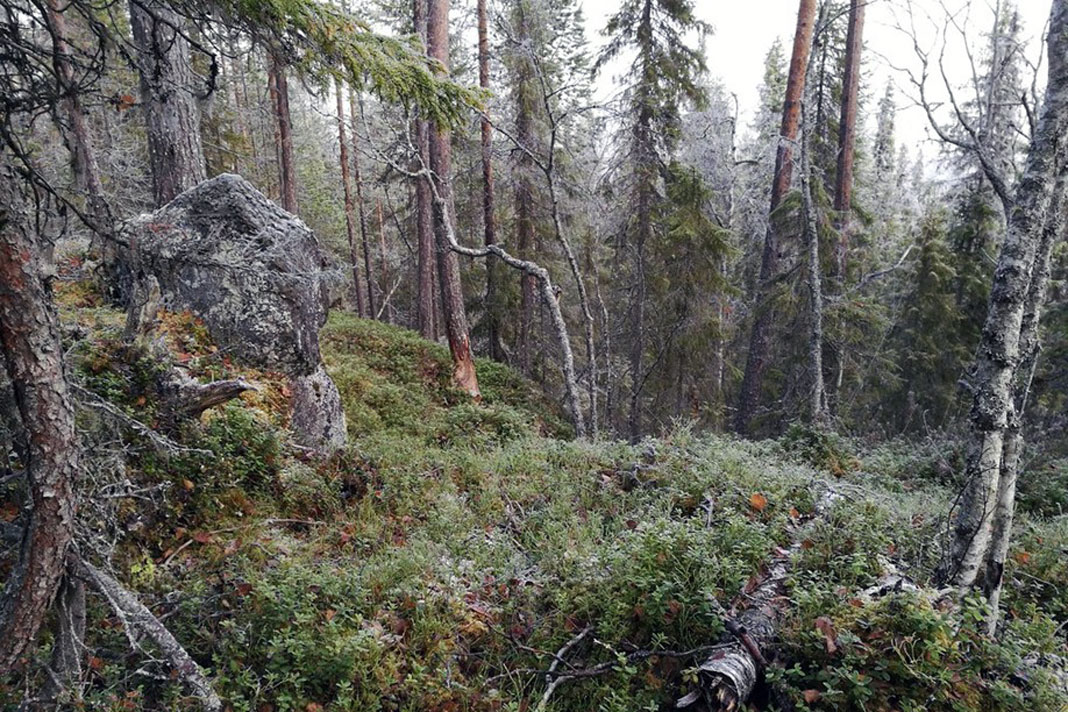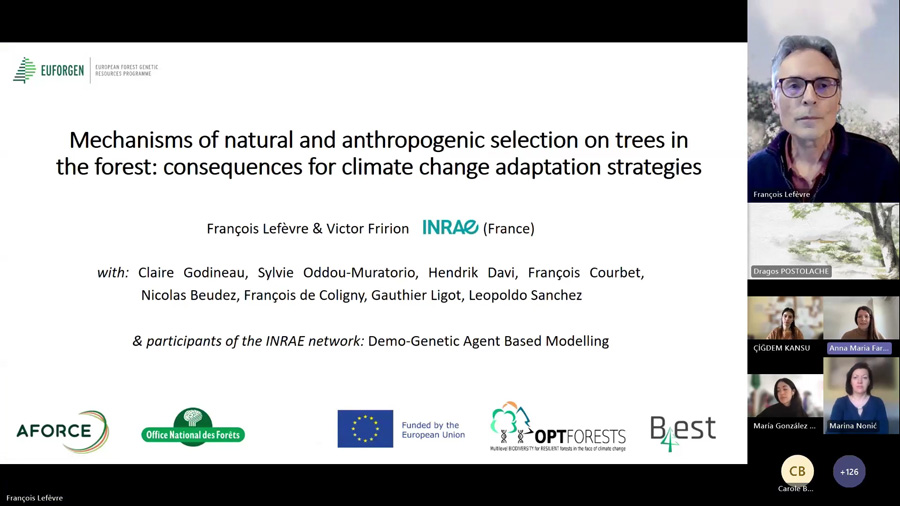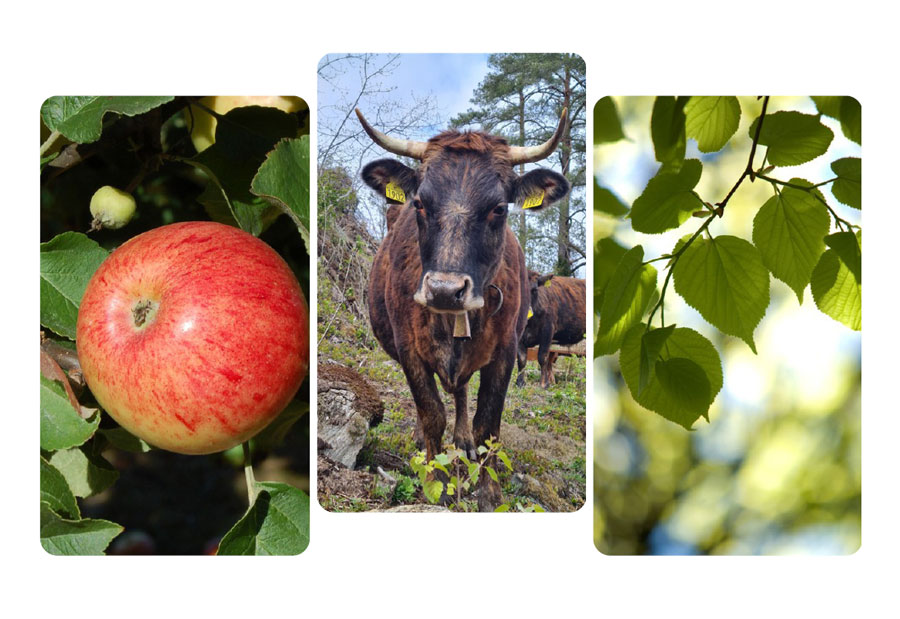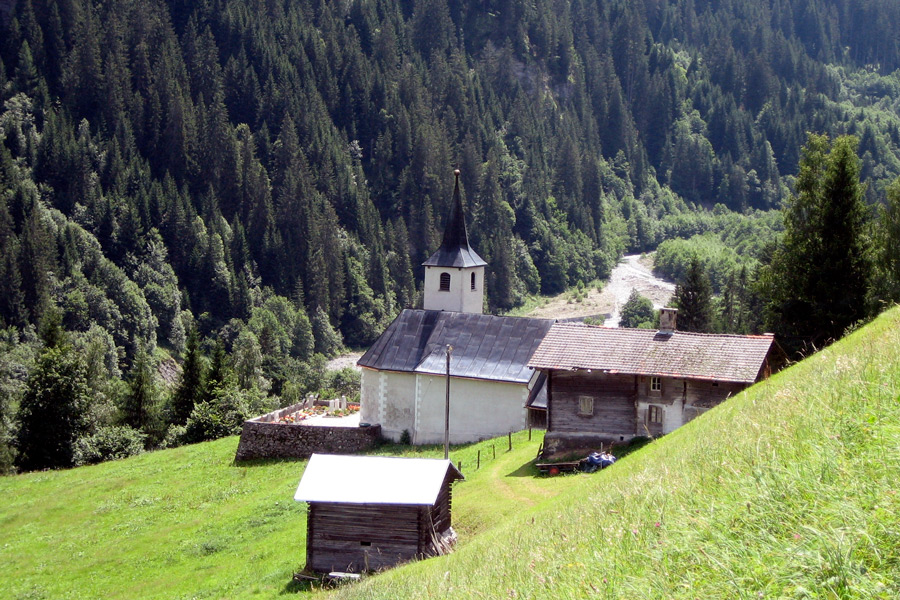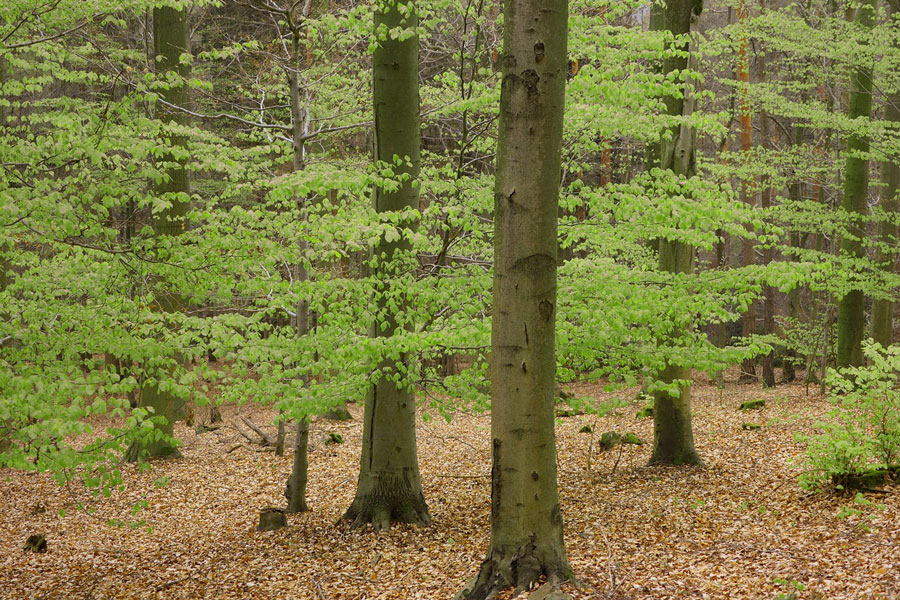To conserve biodiversity, we need to conserve genetic diversity
Prioritising genetic diversity in conservation can enhance biodiversity resilience, urging governments to establish protected areas that support natural selection without human interference.
A timely commentary in the scientific journal Nature by EFI Mediterranean Facility (EFIMED) researcher Magda Bou Dagher Kharrat and INRAE visiting scientist at EFIMED Bruno Fady calls for a shift in focus in our efforts to conserve biodiversity.
In the column-piece “Conserve genetic diversity to conserve biodiversity”, Bruno and Magda explain the importance of focusing on the conservation of individual diversity when tackling biodiversity loss, and call governments to take genetic conservation into account:
“Genetic diversity is essential to biodiversity. When environmental conditions change, as with global warming, genetic modifications under natural selection help to prevent populations and species, especially of sessile organisms such as plants, from extirpation. Governments and conservation authorities worldwide must do more to set aside areas where natural selection can occur without human intervention.”
A lack of interest by authorities in genetic conservation is exemplified by the presence of only three genetic reserves out of the more than 300,000 protected areas listed by the Protected Planet Database. Other types of forests have conservation of genetic diversity as their management goal, but in total, it is surprising to learn that preserving genetic diversity is a conservation goal for less than 10% of all protected areas.
How did this come to happen? As the authors explain, the priority of conservation authorities focuses on species, landscapes or monuments, rather than measures to conserve genetic diversity:
“Conserving genetic diversity requires differential reproduction and survival rates among individuals. This can strongly conflict with management objectives aimed at increasing production, recreation or aesthetic services, and implies shifting our view of nature and biodiversity from a service to people to broader perspectives (U. Pascual et al. Nature 620, 813–823; 2023), including ones in which nature has an intrinsic right to exist.”
This approach to biodiversity conservation is focusing on short-term benefits and not on long-term ones, as Bruno Fady observes:
“Biodiversity conservation focuses too much on what was (and what is) and not enough on (what is and) what will or could be. This is why conserving genetic diversity matters”
Interested in our work? Please contact us at efimed(at)efi.int if you have expertise in forest tree botany and geographic distribution and are willing to contribute.
